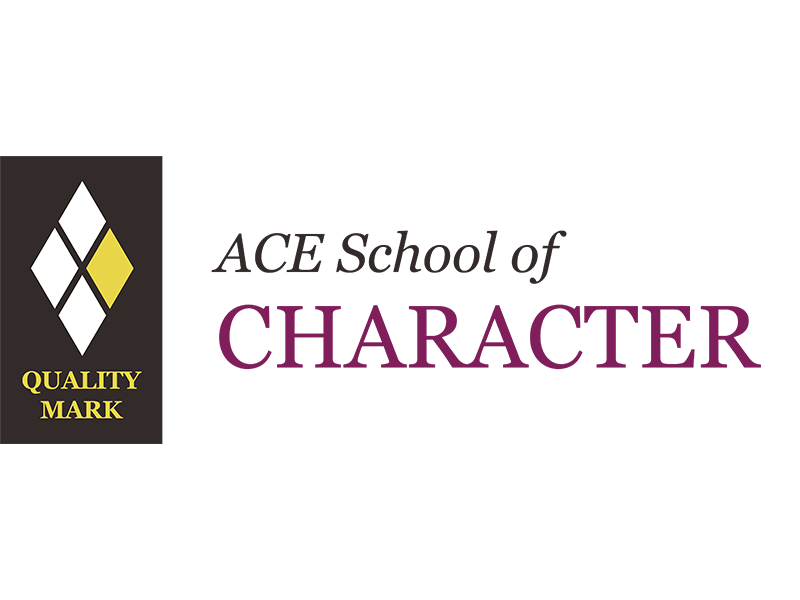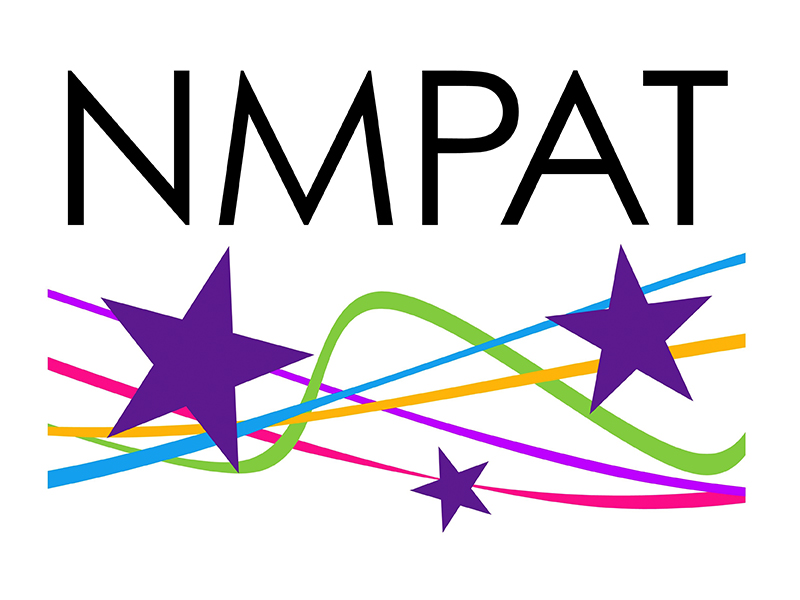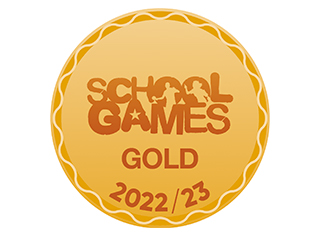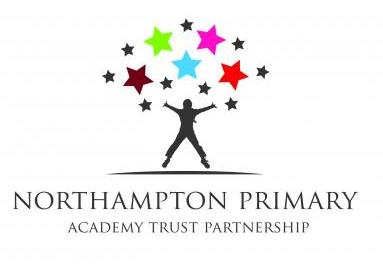Headlands Primary School | Art and Design Narrative
A quality art, craft and design curriculum will introduce children to the highest forms of human creativity. It will engage, inspire and challenge children; equipping them with the knowledge and skills to experiment, invent and create their own works of art, craft and design. The curriculum isfocused on children learning to observe the world around them, being taught the skills of observational drawing and collating their ideas in a sketchbook, in readiness to be able to present their ideas creatively and proficiently through the medium of drawing, painting and sculpture.
The curriculum has been intentionally designed to ensure children develop a substantive knowledge (factual content) of artists and art forms alongside the development of disciplinary knowledge (the action taken within a specific subject to gain knowledge) as they master the skills of how to be an artist.
The following high dividend concepts have been identified as part of the NPAT art and design curriculum: colour, line, tone, texture, pattern, shape and form. These will form the ‘Big Ideas’ through which drawing, painting and sculpture will be taught. Teachers will make explicit reference to where children have met these concepts before in the curriculum.
Art, craft and design embody some of the highest forms of human creativity. A high-quality art and design education should engage, inspire and challenge pupils, equipping them with the knowledge and skills to experiment, invent and create their own works of art, craft and design. As pupils progress, they should be able to think critically and develop a more rigorous understanding of art and design. They should also know how art and design both reflect and shape our history, and contribute to the culture, creativity and wealth of our nation. (National Curriculum 2014).
The NPAT Art curriculum is made up of four strands: mastery indrawing, painting and sculpture, experience of other additional art forms (working with an artist in residence), illustration of work and development of art appreciation as detailed below:
Through the NPAT Art curriculum children will be taught to master skills in drawing, painting and sculpture through a series of well-planned lessons within units of work that progress year on year. The emphasis on the teaching of sculpture will be mainly through the medium of ceramics; other media used to create sculpture will aid mastery of this art form. The children will be taught to think critically and develop a more rigorous understanding of art and design by investigating the work of a diverse range of artists, designers, and craftspeople (see NPAT Artists and Craftspeople Appendix). Through the rigour of the curriculum and by working alongside artists, children will know how art and design both reflect and shape our history, contribute to our culture, creativity, and wealth of the nation.
Schools will also provide opportunities for children to experience other additional art forms such as: printmaking, photography, video, textiles, or filmmaking in addition to the planned units of work. These short standalone experiences will be delivered to enhance and broaden the core art curriculum e.g., in Year Five children will work with an artist in residence as part of the annual RSC programme.
Children will use their drawing and painting skills to illustrate pieces of work throughout the curriculum. They will do this throughout the curriculum three times per year.
The trust has a unique and enduring partnership with the National Gallery. During their time in school, the children will develop art appreciation by exploring prominent artworks and artists within the National Gallery’s collection. Each year the children will undertake in-depth studies of the life and work of an influential artist.
These are: R: Titan ‘Bacchus and Ariadne’ 1523, Y1- JMW Turner ‘The Fighting Temeraire’ 1838, Y2 Jan Van Huysum; ‘Flowers in a terracotta vase’ 1736-7, Y3 George Bellows ‘Men of the Docks’ 1955 1533, Y4 (TOP), Y5 Hans Holbein ’The Ambassadors’, Y6 Van Gogh ‘Van Gogh’s chair’1888. The artist studied in Year 4 will be informed by the focus of the Take One Picture project that year.
The works chosen span the time period of the National Gallery’s collection and represent works that are narrative, landscape, still life, and portrait. The children will compare and contrast these paintings with other dynamic artworks created by a diverse range of other artists, designers and craft people at different times and in different cultures, using a variety of techniques and influences. All children will have the opportunity to visit the National Gallery in Year 4 to further enhance their knowledge and understanding of the work of an artist at first hand.
During EYFS, with reference to the NPAT Curriculum Frameworks for EYFS, children will begin to develop their artistic substantive and disciplinary knowledge through Expressive Arts and Design.
During KS1, with reference to the National Curriculum, children will be taught to use a range of materials creatively to design and make products. They will use drawing, painting and ceramics to develop and share their ideas, experiences and imagination. They will study an artist in depth and be taught the language to describe the differences and similarities between different practices and disciplines and make links to their own work. Children will apply their drawing and painting skills to illustrate a piece of work within the curriculum and bring this up to presentation standard each term.
During KS2, with reference to the National Curriculum, children will continue to build on and develop their techniques, including their control and their use of materials, with creativity, experimentation and an increasing awareness of various kinds of art, craft and design. They will improve their mastery of art and design techniques in drawing, painting and sculpture.
Horizontal links will be made in planning e.g., mark making which children complete in the drawing units leads into brush control in the painting units. All paintings will also start with an observational drawing.
Vertical links will be made in planning where knowledge and understanding are built upon from previous art units e.g., in Year One the children will be introduced to the concept of tone and mark dark and light markings to three tonal values. In Year Two this advances to four tonal values and by Year Three they will be marking to six tonal values.
Diagonal links will be made in planning, particularly where this is cross-curricular e.g., links to History e.g., in the Year Two drawing unit the children will draw local landmarks e.g., key buildings which the children will have learnt about in History. Units in the art curriculum are often “inspired by” other areas of the curriculum.
The NPAT curriculum and pedagogy will therefore enable children to begin secondary school with well-developed painting, drawing and sculpting skills. They will be able to critique artwork and draw on their knowledge of artists and craftspeople to do so. They will be able to use appropriate artistic terms as well having a well-developed understanding of high dividend concepts.
Key Art vocabulary is specified and explicitly taught as part of the NPAT Art Curriculum. The development of vocabulary progresses throughout the Art curriculum.
The curriculum has been intentionally designed to ensure children develop a substantive knowledge (factual content) of artists and art forms alongside the development of disciplinary knowledge (the action taken within a specific subject to gain knowledge) as they master the skills of how to be an artist.
The following high dividend concepts have been identified as part of the NPAT art and design curriculum: colour, line, tone, texture, pattern, shape and form. These will form the ‘Big Ideas’ through which drawing, painting and sculpture will be taught. Teachers will make explicit reference to where children have met these concepts before in the curriculum.
Art, craft and design embody some of the highest forms of human creativity. A high-quality art and design education should engage, inspire and challenge pupils, equipping them with the knowledge and skills to experiment, invent and create their own works of art, craft and design. As pupils progress, they should be able to think critically and develop a more rigorous understanding of art and design. They should also know how art and design both reflect and shape our history, and contribute to the culture, creativity and wealth of our nation. (National Curriculum 2014).
The NPAT Art curriculum is made up of four strands: mastery indrawing, painting and sculpture, experience of other additional art forms (working with an artist in residence), illustration of work and development of art appreciation as detailed below:
Through the NPAT Art curriculum children will be taught to master skills in drawing, painting and sculpture through a series of well-planned lessons within units of work that progress year on year. The emphasis on the teaching of sculpture will be mainly through the medium of ceramics; other media used to create sculpture will aid mastery of this art form. The children will be taught to think critically and develop a more rigorous understanding of art and design by investigating the work of a diverse range of artists, designers, and craftspeople (see NPAT Artists and Craftspeople Appendix). Through the rigour of the curriculum and by working alongside artists, children will know how art and design both reflect and shape our history, contribute to our culture, creativity, and wealth of the nation.
Schools will also provide opportunities for children to experience other additional art forms such as: printmaking, photography, video, textiles, or filmmaking in addition to the planned units of work. These short standalone experiences will be delivered to enhance and broaden the core art curriculum e.g., in Year Five children will work with an artist in residence as part of the annual RSC programme.
Children will use their drawing and painting skills to illustrate pieces of work throughout the curriculum. They will do this throughout the curriculum three times per year.
The trust has a unique and enduring partnership with the National Gallery. During their time in school, the children will develop art appreciation by exploring prominent artworks and artists within the National Gallery’s collection. Each year the children will undertake in-depth studies of the life and work of an influential artist.
These are: R: Titan ‘Bacchus and Ariadne’ 1523, Y1- JMW Turner ‘The Fighting Temeraire’ 1838, Y2 Jan Van Huysum; ‘Flowers in a terracotta vase’ 1736-7, Y3 George Bellows ‘Men of the Docks’ 1955 1533, Y4 (TOP), Y5 Hans Holbein ’The Ambassadors’, Y6 Van Gogh ‘Van Gogh’s chair’1888. The artist studied in Year 4 will be informed by the focus of the Take One Picture project that year.
The works chosen span the time period of the National Gallery’s collection and represent works that are narrative, landscape, still life, and portrait. The children will compare and contrast these paintings with other dynamic artworks created by a diverse range of other artists, designers and craft people at different times and in different cultures, using a variety of techniques and influences. All children will have the opportunity to visit the National Gallery in Year 4 to further enhance their knowledge and understanding of the work of an artist at first hand.
During EYFS, with reference to the NPAT Curriculum Frameworks for EYFS, children will begin to develop their artistic substantive and disciplinary knowledge through Expressive Arts and Design.
During KS1, with reference to the National Curriculum, children will be taught to use a range of materials creatively to design and make products. They will use drawing, painting and ceramics to develop and share their ideas, experiences and imagination. They will study an artist in depth and be taught the language to describe the differences and similarities between different practices and disciplines and make links to their own work. Children will apply their drawing and painting skills to illustrate a piece of work within the curriculum and bring this up to presentation standard each term.
During KS2, with reference to the National Curriculum, children will continue to build on and develop their techniques, including their control and their use of materials, with creativity, experimentation and an increasing awareness of various kinds of art, craft and design. They will improve their mastery of art and design techniques in drawing, painting and sculpture.
Horizontal links will be made in planning e.g., mark making which children complete in the drawing units leads into brush control in the painting units. All paintings will also start with an observational drawing.
Vertical links will be made in planning where knowledge and understanding are built upon from previous art units e.g., in Year One the children will be introduced to the concept of tone and mark dark and light markings to three tonal values. In Year Two this advances to four tonal values and by Year Three they will be marking to six tonal values.
Diagonal links will be made in planning, particularly where this is cross-curricular e.g., links to History e.g., in the Year Two drawing unit the children will draw local landmarks e.g., key buildings which the children will have learnt about in History. Units in the art curriculum are often “inspired by” other areas of the curriculum.
The NPAT curriculum and pedagogy will therefore enable children to begin secondary school with well-developed painting, drawing and sculpting skills. They will be able to critique artwork and draw on their knowledge of artists and craftspeople to do so. They will be able to use appropriate artistic terms as well having a well-developed understanding of high dividend concepts.
Key Art vocabulary is specified and explicitly taught as part of the NPAT Art Curriculum. The development of vocabulary progresses throughout the Art curriculum.
.
| Title | Description | Download |
|---|---|---|
| pdf NPAT Art Long Term Map | Download |








